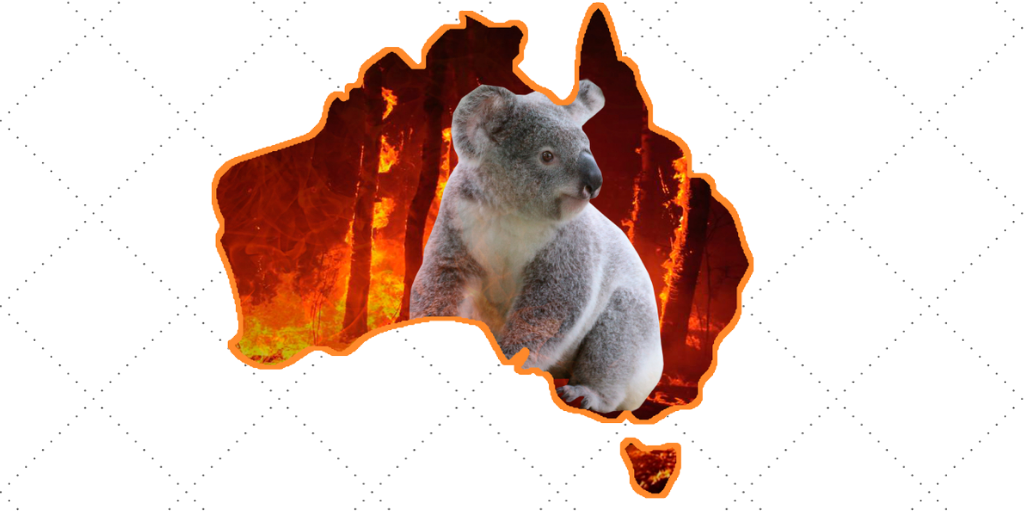A lack of food and habitats for native animals is concerning wildlife authorities across Australia’s bushfire-ravaged southeast.
In New South Wales, thousands of kilograms of carrots and sweet potatoes are being dropped by planes in fire-affected areas to help wallabies.
NSW Environment Minister Matt Kean said initial fire assessments indicate the habitats of several important brush-tailed wallaby populations were burnt in the recent bushfires.
“The provision of supplementary food is one of the key strategies we are deploying to promote the survival and recovery of endangered species,” he said.
In bushfire-ravaged parts of Victoria, the Department of Environment, Land, Water and Planning units are treating bushfire-stricken animals.
RSPCA Victoria has deployed a mobile animal care unit to Bairnsdale to care for injured wildlife, including animals evacuated from the stranded town of Mallacoota.
Volunteer organisation Wildlife Victoria has called for people to donate to sanctuaries and wildlife carers across the state, and urged residents living near bushfire zones to help native animals survive.
“If you’re a little further from the bushfire zone, you can help by putting food out for birds,” Wildlife Victoria said on its website.
“But it’s vital that you do your research first on what native birds should be eating or you could be doing more harm than good (hint: never bread).”
Meanwhile, a burnt animal sanctuary has been converted into a wildlife refuge that survived the blazes on South Australia’s Kangaroo Island.
RSPCA wildlife rescuers established a treatment centre at the island’s Hanson Bay Wildlife Sanctuary – one of the few buildings left standing in the area.
“We set up a table, a drip and everything we needed to triage and sedate animals, and take a look at their wounds,” RSPCA South Australia veterinarian Dr Gayle Kothari said.
“A lot of them had burns to all four feet, so we provided pain relief and bandaged them.”
Wildlife carers inundated with native animals, due to both bushfires and the drought, say they are struggling to find places to return them to the wild.
Up to 80 animals are being rescued every day in Queensland, with three times the number of koalas needing help this fire season, according to the RSPCA.
RSPCA Queensland CEO Darren Maier said it’s becoming difficult to find locations to release those animals that can be nursed back to health.
“Because of the destruction of habitat there’s nowhere the release them,” Maier said.
Emaciated baby animals are also being orphaned because of a lack of nutrients in foliage, says Queensland wildlife carer Madonna O’Brien.
“We’re seeing a lot of animals in stress because there’s nothing in the leaf they’re eating,” O’Brien.
“Their bubs are being orphaned because the mums are flat out trying to feed themselves,” she said, adding that rescue groups need more volunteers.
The Queensland government has announced $250,000 in grants for wildlife carers in the state, with Environment Minister Leeanne Enoch calling on the federal government to contribute more to the effort.
Enoch said individual carers could apply for up to $2000 in funding to cover the costs of medical supplies and fuel. Funds will also be distributed across Queensland wildlife hospitals.
Pearl Dy is a community manager and journalist. She is passionate about business and development particularly involving not-for-profits, charity and social entrepreneurship.
- Pearl Dyhttps://thirdsector.com.au/author/pearl-dyakolade-co/
- Pearl Dyhttps://thirdsector.com.au/author/pearl-dyakolade-co/
- Pearl Dyhttps://thirdsector.com.au/author/pearl-dyakolade-co/
- Pearl Dyhttps://thirdsector.com.au/author/pearl-dyakolade-co/











